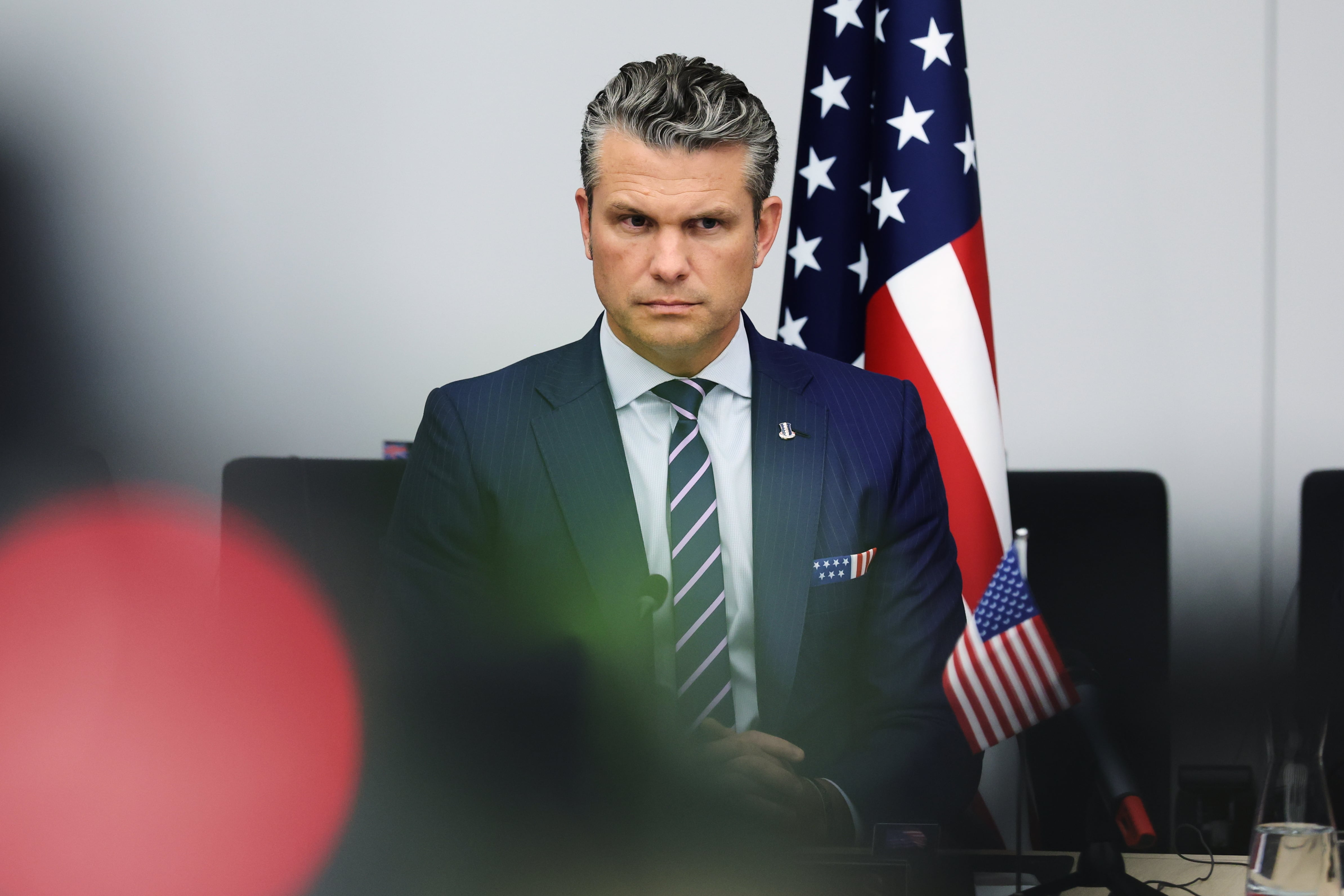WASHINGTON – The Pentagon's fiscal year 2018 budget requests $574.5 billion in base funding with another $64.6 billion in wartime supplemental funding, with a focus on near-term readiness over long-term modernization.
The budget is largely in line with work that begun under the Obama administration, a result of both logistics – budget planning began more than a year ago for FY18 – and the fact the Pentagon is waiting on a series of major strategic reviews.
Expect major changes to the budget once Congress gets its hands on it. Sen. John McCain, the chairman of the Senate Armed Services Committee, has already laid his marker, calling the budget request "inadequate to the challenges we face, illegal under current law, and part of an overall budget proposal that is dead on arrival in Congress."
Acquisition breakdowns
The budget earmarks $208.6 billion for acquisition funding. In that request, $125.2 billion are for procurement and $83.3 of that funding is for research, development, test and evaluation (RDT&E). Major defense acquisition programs take up $94.9 billion, or 45.4 percent of that total.
The funding request for acquisition breaks down as follows:
- Mission support activates: $59.9 billion
- Aircraft and related systems: $49.9 billion
- Shipbuilding and maritime systems: $30.4 billion
- Missiles and munitions: $16.4 billion
- RDT&E Science and Technology $13.2 billion
- Ground systems: $11.2 billion
- Space based systems: $9.8 billion
- Missile defense programs: $9.2 billion
- C4I systems: $8.6 billion
Research and technology
Among the big winners are the semi-autonomous programs designed to drive innovation inside the Pentagon.
The budget requests $13.2 billion for the Pentagon’s science and technology operations, 2.3 percent more than was requested in FY17. That includes $2.2 billion for basic research and $3.1 billion for DARPA.
The Strategic Capabilities Office gets $1.2 billion, a roughly $300 million increase from what it got under the National Defense Authorization Act. In December, Deputy Secretary of Defense Bob Work told Defense Newshe expected SCO to get an increase, praising the job done by office head Will Roper.
In the Pentagon documents, SCO is ordered to focus on a specific trio of areas: "enabling systems to cross or blur domains, creating teams of manned and autonomous systems, and leveraging enabling commercial designs and technologies." Those focus areas are in line with Roper’s recent statementsabout the future of warfare relying on manned-unmanned teaming.
The outreach to Silicon Valley also continues, with a $45 million budget laid out for the Defense Innovation Unit-Experimental (DIUx) office, as well as $60 million for the Defense Technology Innovation effort, which manages engagement with In-Q-Tel. DIUx expects to begin transitioning programs from prototype to full-use within the Pentagon this year.
Reform efforts
A big focus for the Trump administration’s first budget is finding ways to drive costs down across the government. The same is true at the Pentagon, where reform efforts started under the previous administration will continue, with a pledge of "even more significant reform" to come.
The Pentagon claims initiatives will lead to $1.2 billion in savings during FY18. Those are largely focused on getting costs down at the Office of the Secretary of Defense level.
That includes changing default airfares to the lowest acceptable fare for domestic air travel under the City Pair Program (claimed $120 million savings); changing the IT business operations efficiency which requires the deputy chief management officer to approve any business IT investments of $1 million or more over the FYDP (claimed $77 million in savings for FY18) and consolidating vendor and license agreements under the Service Requirements Review Board (claimed $382 million in FY18).
The documents also call for a
, something the DoD has long requested.
Aaron Mehta was deputy editor and senior Pentagon correspondent for Defense News, covering policy, strategy and acquisition at the highest levels of the Defense Department and its international partners.





